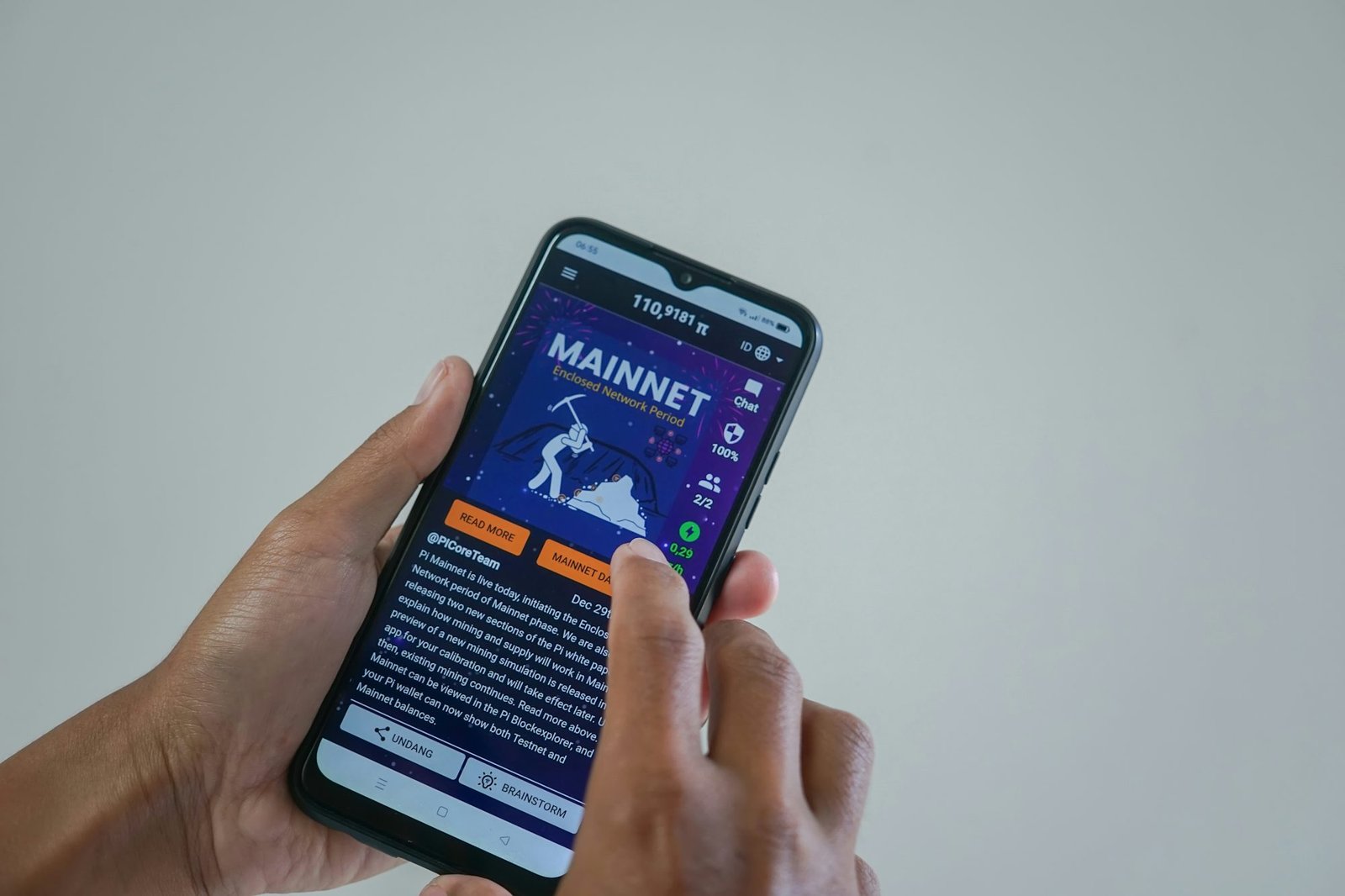
hexgrows.xyz
An exploration of code how digital technologies are enhancing everyday experiences and reshaping hexgrows our Tech Technology interactions across various domains.One of the most prominent changes brought about by digital technology is the way we communicate. The advent of the internet has revolutionized how we connect with others, allowing instant communication across the globe. Social media platforms such as Facebook, Twitter, and Instagram have transformed traditional social interactions, enabling hexgrows users to share their lives, thoughts, and experiences in real time. These platforms foster a sense of community and connectivity, bridging distances and facilitating meaningful connections among individuals with shared interests.
Mobile technology has further enhanced communication, making it possible to stay connected anytime and anywhere. Smartphones have become essential tools for managing our daily lives, providing access to emails, messages, and social media at our fingertips. With the rapid rollout of 5G networks, mobile internet is faster and more reliable than ever, enabling seamless video calls, high-quality streaming, and instantaneous information sharing. This accessibility not only enhances personal communication but also empowers businesses to connect with customers in innovative ways, creating opportunities for engagement and growth.
The impact of digital technology extends beyond communication; it is also transforming the way we consume media. Streaming services such as Netflix, Spotify, and YouTube have disrupted traditional media consumption, providing on-demand access to a vast array of content. Users can curate their viewing and listening experiences, leading to increased personalization and satisfaction. This shift has changed not only how we consume entertainment but also how creators produce content, with a focus on meeting the diverse preferences of audiences worldwide. Moreover, the success of these platforms has encouraged the exploration of new genres and formats, leading to a richer media landscape.
In the realm of education, digital technology is reshaping how knowledge is delivered and acquired. E-learning platforms have gained immense popularity, allowing learners to access courses and resources from anywhere in the world. This flexibility enables individuals to learn at their own pace, making education more accessible than ever before. With interactive tools and gamified learning experiences, educational technology enhances engagement and retention, catering to diverse learning styles. Furthermore, the integration of virtual classrooms has made it possible for educators to connect with students in real-time, fostering collaborative learning environments that transcend geographical barriers.
The rise of digital technology has also transformed the workplace, ushering in a new era of remote work and collaboration. Tools like Zoom, Microsoft Teams, and Slack have become essential for teams to communicate and collaborate effectively, regardless of their physical location. This shift has not only increased flexibility but has also prompted organizations to rethink their approaches to work, focusing on outcomes rather than hours spent in the office. The ability to work remotely has empowered employees to achieve a better work-life balance, contributing to higher job satisfaction and productivity.
However, the rapid adoption of digital technologies also presents challenges, particularly in terms of cybersecurity. As more personal and professional interactions occur online, protecting sensitive information has become paramount. Cybersecurity measures, including encryption, multi-factor authentication, and secure access protocols, are essential for safeguarding data against cyber threats. Organizations must prioritize security training for their employees, fostering a culture of awareness that empowers individuals to recognize and mitigate potential risks in the digital landscape.
Additionally, the proliferation of digital payment systems has revolutionized the way we conduct transactions. Mobile wallets, contactless payments, and online banking services offer convenience and efficiency, allowing consumers to make purchases with ease. The rise of cryptocurrencies and blockchain technology has introduced innovative ways to conduct financial transactions, providing decentralized alternatives to traditional banking. These advancements not only enhance consumer experiences but also contribute to a more efficient and transparent financial ecosystem.
As technology continues to advance, the concept of the smart home is gaining traction, transforming how we interact with our living spaces. IoT (Internet of Things) devices enable homeowners to control appliances, lighting, and security systems remotely, enhancing convenience and energy efficiency. Smart thermostats, security cameras, and voice-activated assistants are just a few examples of how digital technology is making our homes more interconnected and responsive to our needs. This integration not only simplifies daily tasks but also allows for greater control over energy consumption, promoting sustainability.
Furthermore, the integration of digital health technologies is reshaping our approach to wellness. Telehealth services have gained popularity, enabling individuals to consult healthcare providers remotely, which increases accessibility and convenience. Wearable devices, such as fitness trackers and smartwatches, empower users to monitor their health metrics and set personal wellness goals. By providing real-time feedback, these technologies encourage individuals to take proactive steps toward their well-being, ultimately contributing to a healthier society.
In conclusion, the influence of digital technology on our daily lives is profound and multifaceted. From enhancing communication and transforming media consumption to reshaping education, work, and health, the digital landscape offers numerous benefits and opportunities. However, as we navigate this evolving environment, it is essential to remain mindful of the challenges that accompany these advancements, particularly in terms of security and privacy. By embracing innovation and fostering a culture of adaptability, individuals and organizations can harness the full potential of digital technology, paving the way for a brighter and more connected future.